Does the intensity of your yoga practice match your life stage?
11Over the years I’ve discovered that as teachers we have to make a choice of what kind of intensity to cultivate in our yoga classes: internal or external intensity. We cannot have both.
You can choose to focus on external intensity with very strong poses and faster pace with the purpose of challenging the body, releasing the endorphins in response to physical accomplishments and clearing the mind from pure exhaustion. This is less of an introspective practice and more of a purification practice. At the end your students would feel happy, sweaty and cleansed. They would also be physically tired.
You can choose to focus on internal intensity and forego difficult or challenging poses for slower movement, deeper breath and more introspection. Here asana takes on a secondary supportive role for the deep inner work either through pranayama, meditation or chanting. This is an inquisitive type of practice that challenges you to face yourself and your shortcomings and do the work of trying to change your patterns of thought and behavior. At the end your students would feel reflective, self-aware and, hopefully, a bit more clear about where they are in life and where they are heading.
I like to think of it as a spectrum.
 The middle point of the spectrum would be a practice with low intensity, where you do a bit of asana, a bit of breath awareness, a bit of meditation, may be emphasizing one element more than the others, for the purpose of simply moving the body, deepening the breath and improving focus. This kind of practice doesn’t require a lot of physical or mental investment and works well for introductory or maintenance purposes. At the end the students would feel loosened up and content.
The middle point of the spectrum would be a practice with low intensity, where you do a bit of asana, a bit of breath awareness, a bit of meditation, may be emphasizing one element more than the others, for the purpose of simply moving the body, deepening the breath and improving focus. This kind of practice doesn’t require a lot of physical or mental investment and works well for introductory or maintenance purposes. At the end the students would feel loosened up and content.
I find that it’s very hard or even impossible to combine the external and internal intensity in one yoga practice. It would be rather exhaustive for the student both physically and mentally. Since most students need considerable energy for other tasks in their lives, those practices are better left for retreats and yoga-dedicated days (if needed at all).
Perhaps not surprisingly, this view of practice intensity corresponds nicely with the Age Model. According to viniyoga tradition, our aging process is represented by the movement of the sun throughout the day. Sunrise represents childhood, midday represents adult life, and sunset represents old age. There are specific yoga practices (and levels of intensity) that are appropriate for each stage of life.
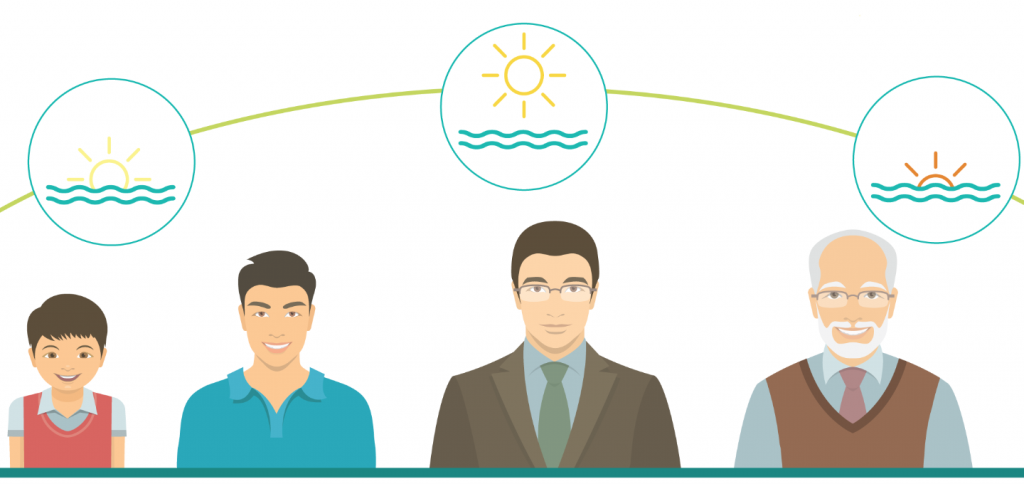 From the traditional point of view, students in a sunrise stage of life (teenagers and young adults) need to focus on stronger asana to help develop the growing bodies, teach discipline and encourage the body awareness. During this time the physical intensity of the practice needs to be high.
From the traditional point of view, students in a sunrise stage of life (teenagers and young adults) need to focus on stronger asana to help develop the growing bodies, teach discipline and encourage the body awareness. During this time the physical intensity of the practice needs to be high.
Students in a mid-day stage of life (the “householder” stage, roughly 25-70 years old) need more focus on the breath and other energy management practices to support them in their busy lives that likely include careers, children, aging parents and households. During this time our yoga practice needs to help us cultivate physical, physiological, mental and emotional resilience. It cannot drain our energy, but needs to support and enhance it, hence the intensity of the practice is usually lower.
Students in a sunset stage of life (“renunciate” stage, roughly 70-80 years old and beyond) need to focus on physical maintenance and spiritual introspection to gradually turn away from the external material world and start preparing for the eventual graceful exit. This approach can be nicely summarized as “deal with the body, heal the mind.” During this time the focus is placed on internal intensity and needs to include meditation, prayer and spiritual reflection.
 It’s up to you to decide where on this spectrum your own yoga practice needs to be, and what you choose to offer to your students. It doesn’t mean, of course, that older people shouldn’t challenge themselves physically, or that younger people won’t benefit from introspection. Rather than a hard rule, it is an invitation to take a bird’s eye view of what you offer as a yoga teacher and see how it fits into your students’ lives, and whether or not it supports them at their current stage.
It’s up to you to decide where on this spectrum your own yoga practice needs to be, and what you choose to offer to your students. It doesn’t mean, of course, that older people shouldn’t challenge themselves physically, or that younger people won’t benefit from introspection. Rather than a hard rule, it is an invitation to take a bird’s eye view of what you offer as a yoga teacher and see how it fits into your students’ lives, and whether or not it supports them at their current stage.

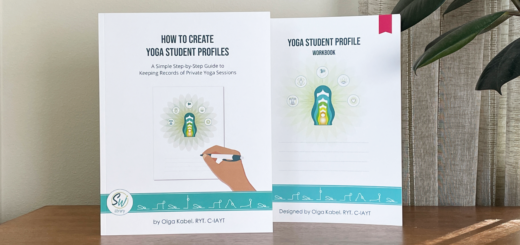
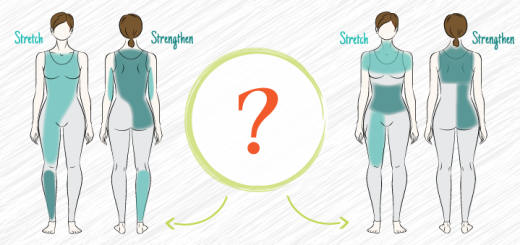
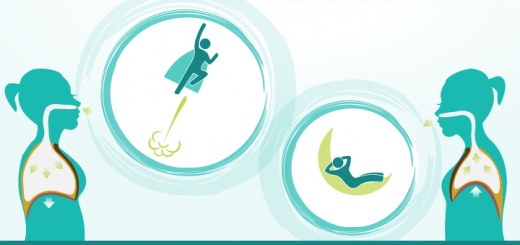
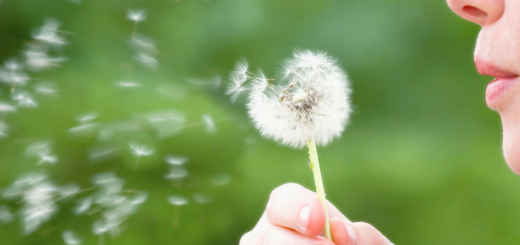















Dear Olga, I really do love all your insights. Thank you for sharing your wisdom and knowledge. Keep up the good work. You make a positive difference!
Thanks Olga, you’re really good in reaching the point of the question.
I have two classes, both with mixed ages, one with more “people of the sunset” then the other. I always have this kind of doubt, so I ended up offering diverse types of classes under the name “Hatha Yoga practices”.
I really appreciate your point of view, for me it’s a confirmation
As always, I appreciate your thoughts and words of insights very much! I jump to read your words every time I see them in my inbox. You are an important part of a thread to keep me investigating my own practices and those of my students and clients! Thank you!!
So true…thank you!
Excellent article today! I’m 59 and over the years of practicing yoga, I have had to slow it down a bit. I still include some challenges but always giving the option for modification.
Thank you!
This post is so timely for me, as yesterday I participated in a Yin class followed by a Yoga Nidra. I am seriously wondering if I need to alter direction (at age 69yo and still fairly physical), maybe taking some more meditation classes and tutorials. Definitely enjoyed the Yin but rarely have access to it. Thank you again Olga.
The article makes good sense however I question why people in their 70s & 80s need to turn their focus FOCUS on physical maintenance and spiriutal introspection ???? People in their 70s and 80s can live til 92, 95.. to begin deciding that they are going to decline is a life sentence for another 20 or so years of declining. I suggest that each evaluate their health, health an dcondition of joints and weight bearing muscle groups family longevity patterns and continue strength practice along with maintenance and good diet, sleep, stress reduction and make changes when needed — not just drop strength because of an age number. I believe the spiritual introspection is not for anyone to tell others when they need to start to do. I trust that without jamming it down the throats of people in their 70s & 80s that most will take that reflection on their own.
I am curious of the age of the author.
Cathy, nobody is jamming anything down anybody’s throat. I am describing a traditional model here; you are free to take it or leave it. Everybody will decide for themselves what’s more important to them, that’s the beauty of it. And it is up to each one of us to decide as we get older if we choose to become wiser as we age (introspection helps with that) or more bitter (when we lack introspection). All the factors you describe (physical maintenance, good diet, sleep, stress reduction, etc.) are important at any age and are certainly not excluded when we talk about placing focus on inner practices. Sunset stage is not morbid, it’s enlightening; it is a time when we can drop the stuff that is no longer relevant or important and focus on what is.
I don’t intend to be combative, Cathy, as that goes against everything in my nature and practice, but I do feel as though you misunderstood Olga’s intention and tone. She, nor I, would certainly not definitively designate when and how one should embrace “their place” on the spectrum she described, which she is loosely basing on the classical “four stages of life” in the Hindu tradition. For example, I found myself initially thinking that the 25-70 range was, like wow! – way too big. The truth for me is that many younger people really need more introspective time, although they are frequently unable to see and feel that. And, of course, the more introspective posture does not mean a life devoid of physical activity and exertion. I always find Olga’s words an encouragement for a little time of personal reflection, not judgment. Finally, and most importantly, note her closing words: “It’s up to you to decide where on this spectrum your own yoga practice needs to be, and what you choose to offer to your students. It doesn’t mean, of course, that older people shouldn’t challenge themselves physically, or that younger people won’t benefit from introspection.”
I loved this insightful post. It is true. What doesn’t always happen when it might be most beneficial is transitioning from a vigorous, leave -yourself -spent practice to more modest energy and internal practices
That’s why it’s helpful to offer and encourage new pretzel yogis to start a meditation practice, and to link and cue breath with movements. That connection, breath to body so helps focus the mind. It might take longer to achieve a pose, but the pose will open the stairway to samadhi. At 70, Imod love a work out and usually get that from pickleball, yoga has taken me more in meditation, and yin, and protocols to remove stuck toxic stress from say, the posts. Or visualization practices that help me heal emotional and physical pain. I do love asana and how good it feels.
Thank you for sharing your experience Janice!